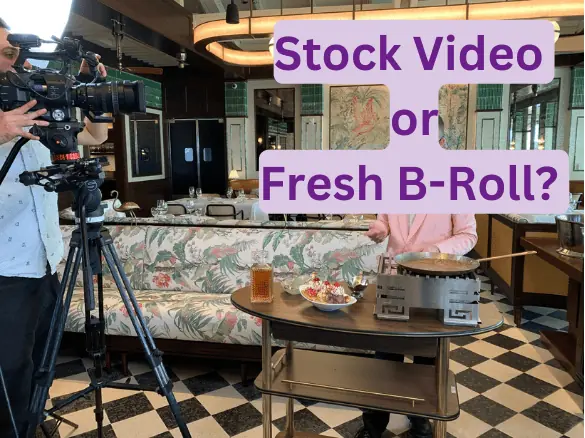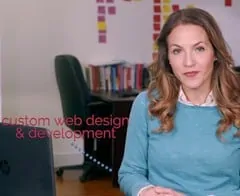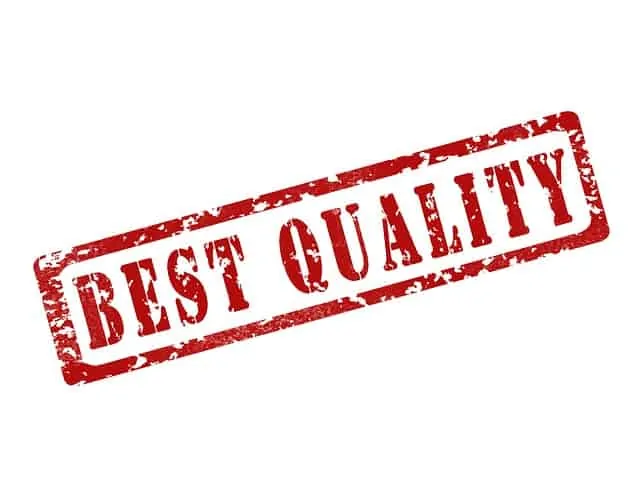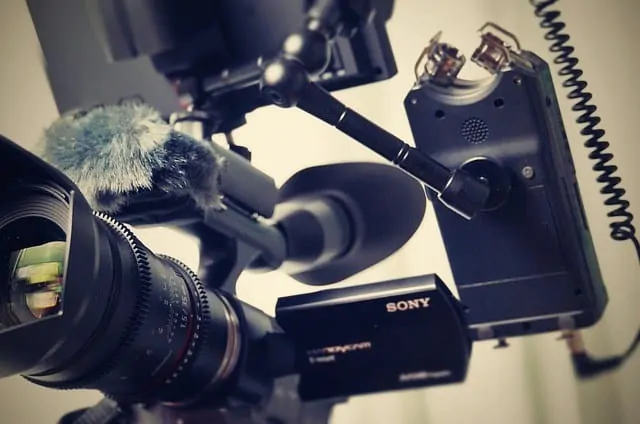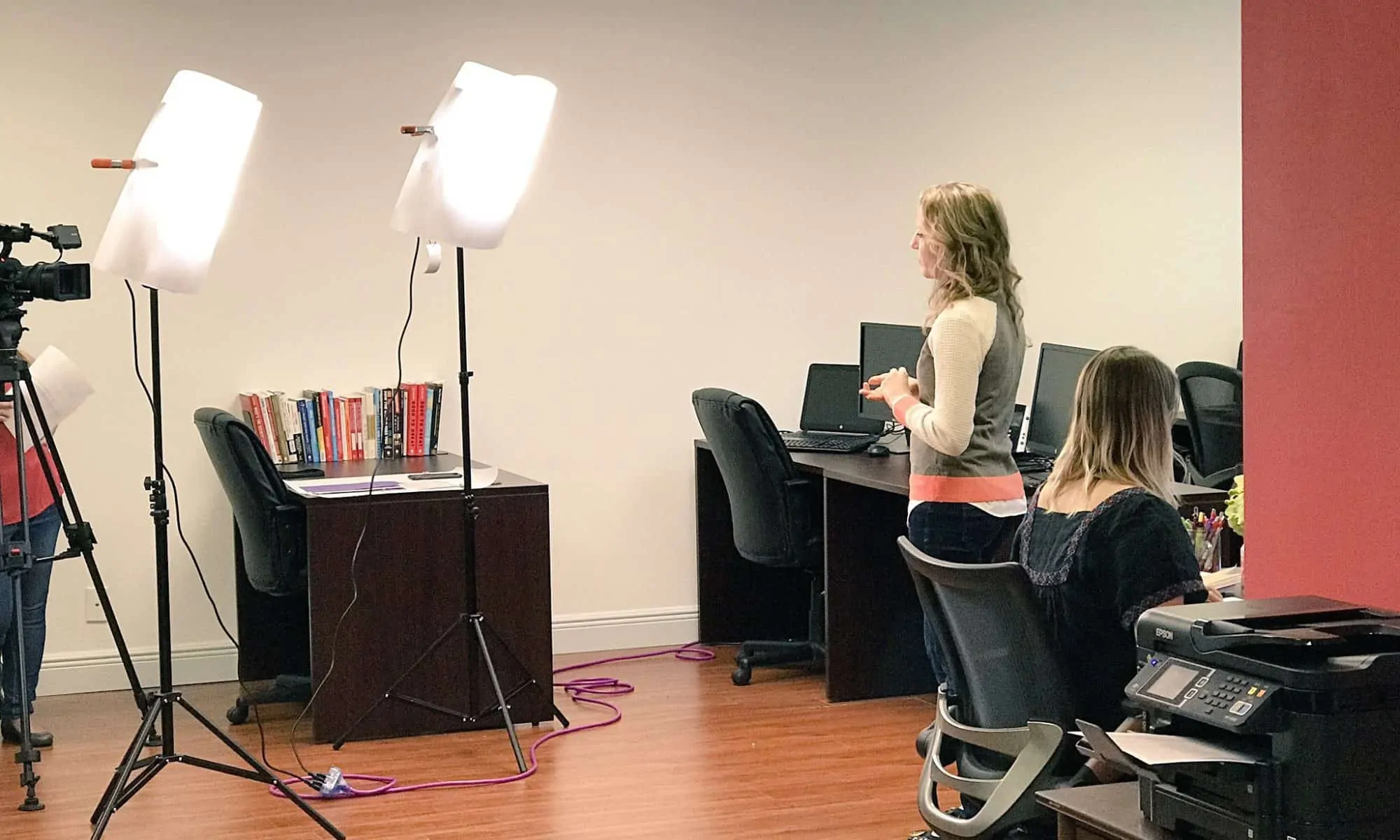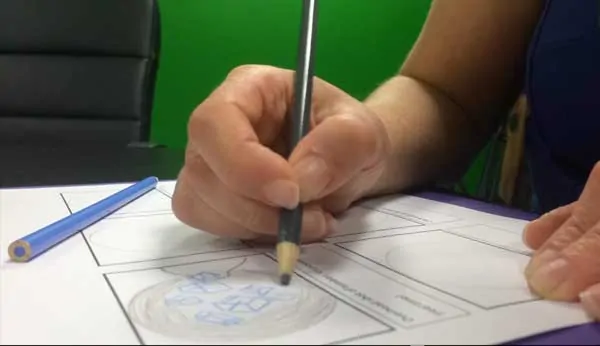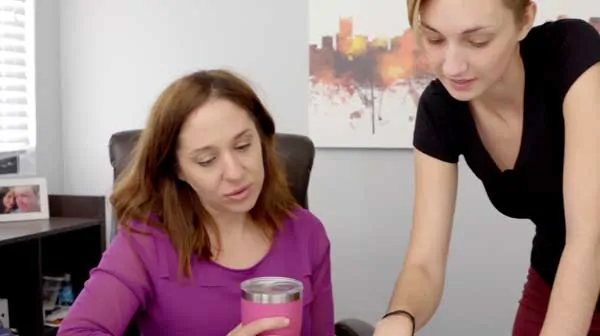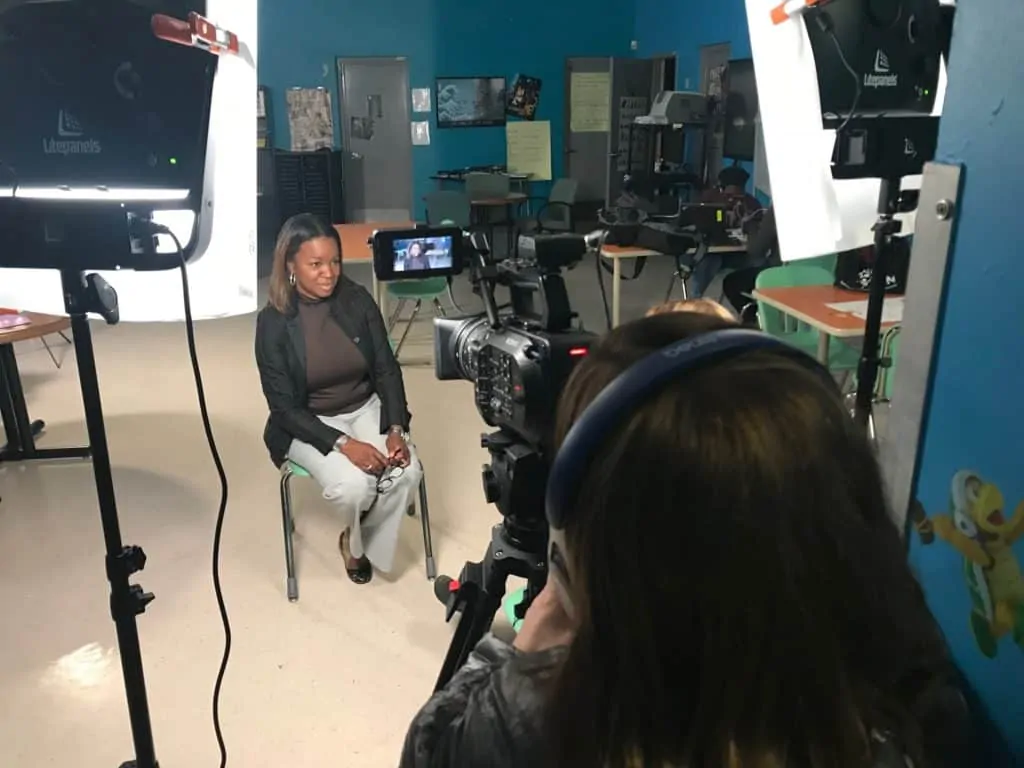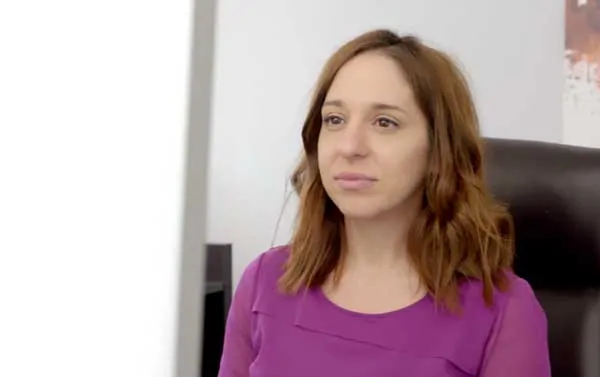Video has made a huge impact in the marketing world. In fact, video is oftentimes mentioned as one of the fastest growing categories in marketing. Many say that video is growing at an incredible rate and the number of hours being watch is astounding. We take issue with some of this. We take issue that video is growing so fast. We concede that video is growing rapidly, but we also believe companies like Netflix, YouTube, and Amazon are driving the viewership and hours watched. When it comes to productive business video and video marketing, the number of hours has increased, but we don’t believe it’s as quickly as the overall video world. There are several components that drive video interactivity, and that’s what business owners want. Getting people to watch the video is one thing, getting people to act is another. In this post, we’ll share with you the top 4 Video Trends that any business should be keenly aware of before 2020.
If you asked what some of the video trends would be two years ago, you would have heard stuff like 3D video or 360-degree video or Virtual Reality video. All those types of videos have a place, but they certainly weren’t the trend for the year 2018, 2019, and probably won’t be for 2020. If you want to be on the cutting edge of trends related to video, you can get very experimental, but it’ll be tough to get a high (or mediocre) return on that investment. That starts by understanding what is important when measuring ROI. Is it search results on any one of the search engines? Or is it calls or orders? Whether the business is a product or service business, it doesn’t matter…video content can help. By varying the marketing campaign slightly, one can get slightly different results. The key is to have some online video because there is online activity happening 24 hours a day.
Marketing agencies will push you to build the brand according to the marketing strategy…and this is critical and why stuff like 3D video or 360-degree video is just hype and cool stuff…but not necessarily for you. That type of video typically needs a lot of planning, a larger budget and more time to get the perfect video. The issue at hand is on the consumption side of the equation. How do people view a 3D video if they don’t have a 3D television? Or how does one view a Virtual Reality video if they don’t have the headset? That’s why we don’t think it’s the right tool for most businesses.
The reality is people are using all kinds of methods to access answers to their questions, including voice search and artificial intelligence. Most digital marketing agencies will tell you that you must have all the bases covered by having digital pieces that support stuff like voice search and the like. For a small business, a medium sized business or a large business, it’s tough to know how to exactly create brand awareness or to have a budget for stuff you don’t know will be worth the investment until much later. More so, even the largest of companies that invest in these types of videos are finding that it’s tough to measure whether it’s worth the work and the investment. Typically, they’ll use one of those videos to get some chatter or shares online. Does that convert to new sales? Probably not.
What are the best video trends to follow for success?
With the above in mind, what are the marketing trends and the video trends that will provide the best results to the most amount of businesses? Here’s our list:
Explainer Videos. This may seem to be elementary and unexpected when talking about trends, the explainer video does several things for the business. It provides transparency for the viewer that helps them feel a level of comfort to take action. Businesses that provide a level of frankness in their messaging can provide a disarming feeling and a sense of integrity. For example, in this video below, the viewer gets a sense that the company can deliver what it promises with it’s Primula cold brew coffee carafe. Want one after you’ve watched this video? Click the link!
Bite-Sized Videos. Our potential clients typically ask us how long their video should be and then blurt out that they think it should be short. While that may be the case, it’s not always the case. Sometimes longer videos are better. For example, a long video might be helpful when its answering a question, explaining something complex, or providing better insights into who or what something is. Think of these types of videos as a silent level of customer service. But, shorter video can be highly effective when used appropriately. We find shorter videos are more productive when used in marketing materials and social media. No one wants to watch a long video that sells to the viewer; therefore, keep a sales message video a little shorter than you think. Below, this video is shorter (relatively speaking) but allows the viewer enough time to understand how and what the product is and does.
Product Videos. Product videos will most likely never go out of style. These videos help the viewer understand what the product does and how it solves a problem without having to purchase it. Once the viewer understands, they can make a will informed decision to purchase it. We’ve heard from many sources (such as from Impact Learning Center & HubSpot’s Importance of Product Videos for E-Commerce, and there’s more) that video increases product conversion to sales by an incredible amount. This happens because of the educational and informational way that product videos will present the product.
Story Videos/TV Style Videos. This type of video is one that feels like a television show and not a sales tool. For business, the three videos above are important, but they also are very promotional in nature. That can be good and can create results, but sometimes at the cost of irritating the viewer because they must sit through the promotional nature of the video. A trend we’re noticing with our clients is the acceptance of slightly longer videos that tell a story. For example, the video below shows the viewer what is about to happen and the challenges they may face. It provides a little conflict to the story. Then, we do a mid-point check in. This allows the viewer to see the project complexity and the challenges first hand. Ever wonder what your contractor would be doing during your project? This gives a glimpse into the construction world and what a high-quality construction contractor would be doing. Finally, the reveal. Here’s what the contractor did to complete project and how the project turned out. Obviously, the concept showed how the complexity was overcome by the competent team. This company was able to boast and show how they completed a difficult task. Who would you call after viewing this if you were a restaurant?
Another example of this type of video is the ChairSpeaker video. This video shows (in a slightly comical and relatable way) how those who have lost their hearing often times feel left out of conversations when they try to watch television with a headset that helps them hear. The ChairSpeaker solves this problem by providing a product that helps the hearing impaired stay engaged in conversation while still being able to watch and listen to television (just like everyone else).
SEO Videos. SEO videos are used to help improve search engine optimization while answering questions the viewer wants to know. These videos are typically topical in nature and typically answer a question that someone has typed into Google or Bing. For example, this attorney answers why Uninsured Motorist insurance is important to anyone who owns a car and drives on the roadway. The purpose of the video is to answer the question and to serve as an indicator to Google what their website is all about. We also might recommend doing some additional live videos with a mobile phone and answering questions with viewers on Facebook or YouTube. This serves the same purpose, only on those social media sites. Google and the like love content. Anytime a business website can provide more content it gets rewarded.
While this may sound like a boring list and one that doesn’t include the coolest, latest and greatest technology, it does include video options that will create a return on your investment (if used properly). One of the biggest changes we are seeing in the industry is the use of videos that feel like a television show and not a sales tool. This is nothing new, but we’re seeing it used more and more… and we think that’s a good thing. It requires a little more flexibility and planning, but if done correctly, it can provide the viewer with an experience that is much different than the typical sales piece. We will always go back to the point of how it is used. One of the ways we recommend using that type of video is prior to the call. Let the prospect find the video and understand who you are in a different light; thus connecting with your purpose and style before the call. This goes a long way to create an emotional bond prior to making the phone call.
If you have any questions or would like to discuss some possible video ideas for you and your business, give us a call or drop us a line via our contact us form. We’d love to find a creative way to make your business stand out from your competitors and get more business!






